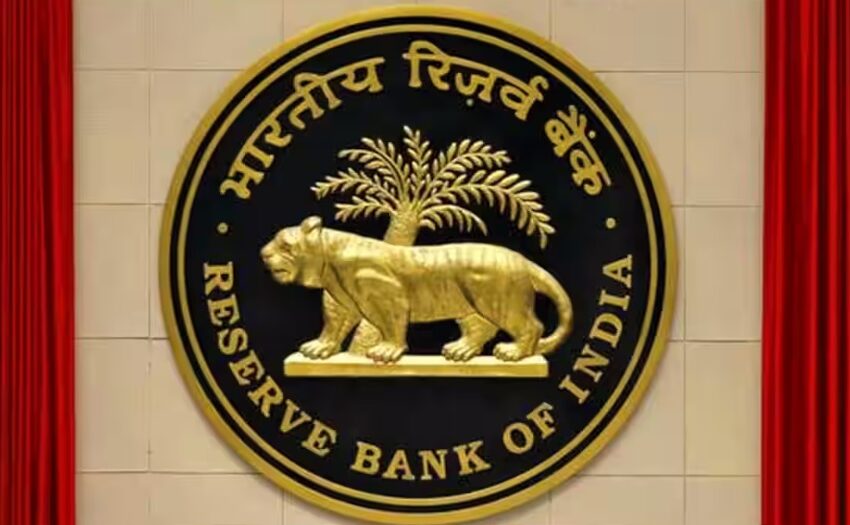
RBI’s Rao: Inherent Risks in Sustainable Finance Raising Lending Costs
The inherent risks associated with green and sustainable finance tend to skew risk-reward dynamics, resulting in a higher cost of credit, said M Rajeshwar Rao, deputy governor of the Reserve Bank of India, at the Credit Summit 2025 organised by the Bharat Climate Forum in New Delhi on April 17. The speech was released on the RBI website on Monday.
He noted that this prompts private sector investors and lenders to seek appropriate de-risking mechanisms — such as grants, guarantees, philanthropic capital, and financial incentives. However, mobilising such capital at scale remains a significant challenge. Rao also highlighted issues around the availability of bankable projects. While fully bankable projects typically secure funding, partially bankable or non-bankable projects continue to face financing hurdles.
“The inherent risks in green and sustainable finance skew the risk-reward considerations, leading to an increased cost of credit. This leads to demand by private sector investors/lenders for appropriate de-risking mechanisms through grants/guarantees/philanthropic capital/financial incentives, etc. Mobilising such capital on scale would be a challenge,” he said. “Also, there is a difficulty regarding the availability of bankable projects. Though bankable projects invariably find credit, there are funding challenges with partially bankable and non-bankable projects,” he added.
Rao highlighted that when discussing green and sustainable finance, the first and foremost consideration is defining what qualifies as such. A national-level taxonomy is essential — it forms the foundational framework that brings alignment across the entire ecosystem, including the government, regulators, policymakers, financial institutions, and borrowers or investors. In India, this taxonomy is currently under development.
“When we talk of green and sustainable finance, the primary consideration is understanding as to what defines it. A national-level taxonomy is crucial as it serves as the first building block that aligns the entire ecosystem, be it the government, regulators, other policymakers, financial institutions, and borrowers/investors. This is under development in India,” he said.

